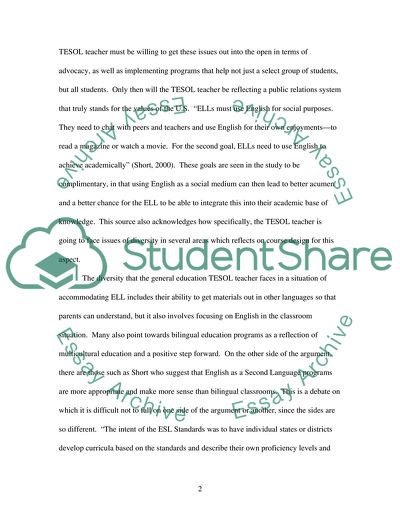Cite this document
(“Bilingual Tesol Classrooms Essay Example | Topics and Well Written Essays - 2500 words”, n.d.)
Bilingual Tesol Classrooms Essay Example | Topics and Well Written Essays - 2500 words. Retrieved from https://studentshare.org/education/1566700-assignment-one
Bilingual Tesol Classrooms Essay Example | Topics and Well Written Essays - 2500 words. Retrieved from https://studentshare.org/education/1566700-assignment-one
(Bilingual Tesol Classrooms Essay Example | Topics and Well Written Essays - 2500 Words)
Bilingual Tesol Classrooms Essay Example | Topics and Well Written Essays - 2500 Words. https://studentshare.org/education/1566700-assignment-one.
Bilingual Tesol Classrooms Essay Example | Topics and Well Written Essays - 2500 Words. https://studentshare.org/education/1566700-assignment-one.
“Bilingual Tesol Classrooms Essay Example | Topics and Well Written Essays - 2500 Words”, n.d. https://studentshare.org/education/1566700-assignment-one.


